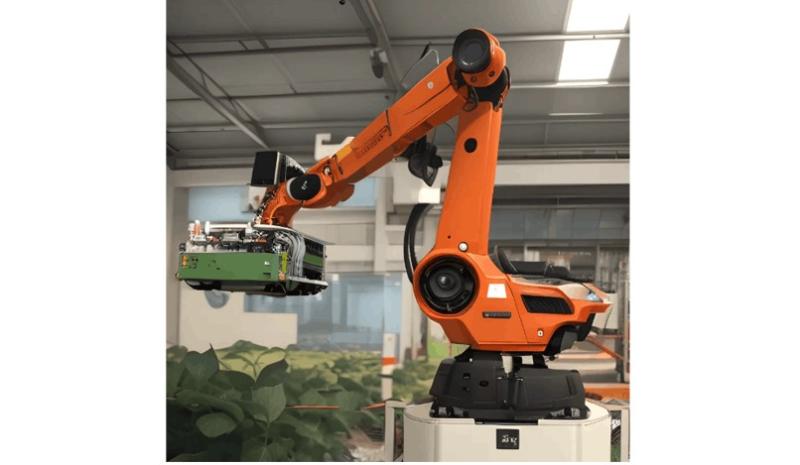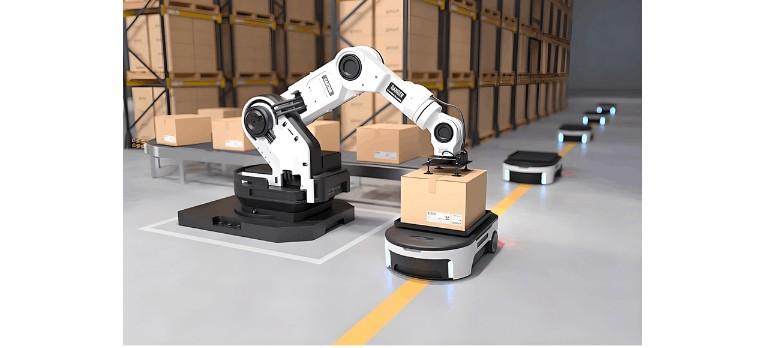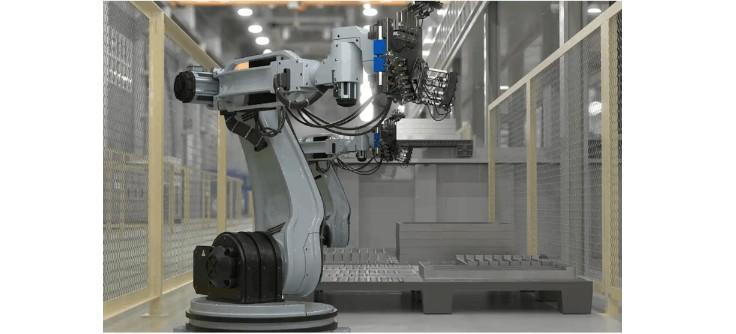- Product
- Suppliers
- Manufacturers
- Solutions
- Free tools
- Knowledges
- Experts
- Communities
Search
-
Bezplatné nástroje
-
IEE Business nabízí zdarma nástroje poháněné umělou inteligencí pro návrh elektrotechnických systémů a rozpočtování nákupu energie: zadejte parametry klikněte na vypočítat a okamžitě získáte výsledky pro transformátory vedení motory náklady na elektrické zařízení a více — spolehlivé pro inženýry po celém světě
-
-
Podpora a sponzorství
-
IEE-Business podporuje vynikající řešení firmy a odborníky - vytváří platformu kde inovace setkává hodnotuVynikající technické znalostiSdílejte technické znalosti a vydělávejte peníze od sponzorůVynikající obchodní řešeníPřipojit se a vytvářet obchodní řešení pro výdělek ze sponzorůVynikající individuální odborníciPrezentejte své talenty sponzorům získejte svou budoucnost
-
-
Komunita
-
Vytvořte si profesionální komunituNajděte a spojte se s odborníky z oboru, potenciálními partnery a rozhodovacími subjekty k rozvoji vašeho podnikání.Rozšiřte svou osobní síťSpojte se s odborníky z řad průmyslu, potenciálními partnery a rozhodovacími subjekty, abyste urychlili svůj růst.Objevit více organizacíProzkoumejte cílové společnosti, spolupracovníky a lídry odvětví, aby jste odemkli nové obchodní příležitosti.Join Diverse CommunitiesZapojte se do diskuzí zaměřených na témata, odborných výměn a sdílení zdrojů, abyste posílili svůj dopad.
-
-
Spolupracujte s námi
Partner
-
-
Připojit se k programu IEE-Business PartnerPodpora růstu podniku – Od technických nástrojů k globálnímu rozšíření obchodu
-
-
-
čeština
-
- English
- Afrikaans
- العربية
- Azərbaycan dili
- български
- বাংলা
- Català
- Cebuano
- čeština
- Dansk
- Deutsch
- Ελληνικά
- Esperanto
- Español
- Eesti keel
- Euskara
- دری
- فارسی
- suomi
- Filipino
- français
- Gaeilge
- Galego
- Hausa
- עברית
- हिन्दी
- Hrvatski
- magyar nyelv
- հայերեն
- Bahasa Indonesia
- Íslenska
- Italiano
- 日本語
- ქართული
- Қазақ тілі
- ಕನ್ನಡ
- 한국어
- Kurdî
- Latina
- Latviešu valoda
- македонски јазик
- Bahasa Melayu
- Malti
- नेपाली
- Nederlands
- Norsk
- ਪੰਜਾਬੀ
- polski
- پښتو
- Português
- Русский язык
- සිංහල
- Slovenščina
- српски језик
- Svenska
- Kiswahili
- தமிழ்
- తెలుగు
- ไทย
- Tagalog
- Türkçe
- українська мова
- اردو
- Oʻzbek tili
- Tiếng Việt
-
-
čeština
-
- English
- Afrikaans
- العربية
- Azərbaycan dili
- български
- বাংলা
- Català
- Cebuano
- čeština
- Dansk
- Deutsch
- Ελληνικά
- Esperanto
- Español
- Eesti keel
- Euskara
- دری
- فارسی
- suomi
- Filipino
- français
- Gaeilge
- Galego
- Hausa
- עברית
- हिन्दी
- Hrvatski
- magyar nyelv
- հայերեն
- Bahasa Indonesia
- Íslenska
- Italiano
- 日本語
- ქართული
- Қазақ тілі
- ಕನ್ನಡ
- 한국어
- Kurdî
- Latina
- Latviešu valoda
- македонски јазик
- Bahasa Melayu
- Malti
- नेपाली
- Nederlands
- Norsk
- ਪੰਜਾਬੀ
- polski
- پښتو
- Português
- Русский язык
- සිංහල
- Slovenščina
- српски језик
- Svenska
- Kiswahili
- தமிழ்
- తెలుగు
- ไทย
- Tagalog
- Türkçe
- українська мова
- اردو
- Oʻzbek tili
- Tiếng Việt
-
Bezplatné elektrické kalkulačky

























